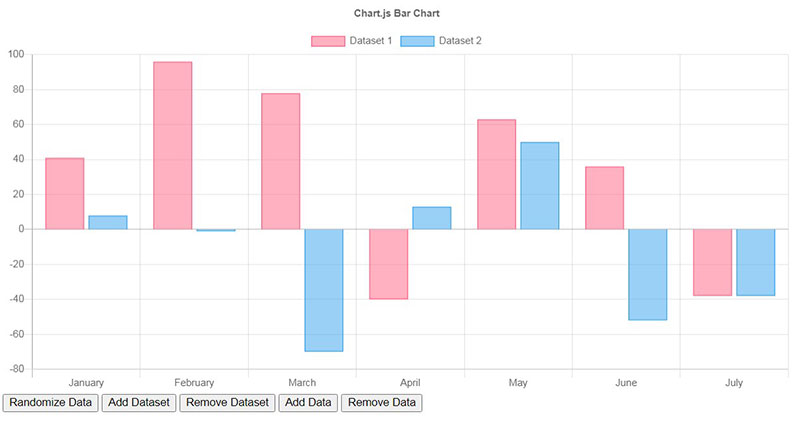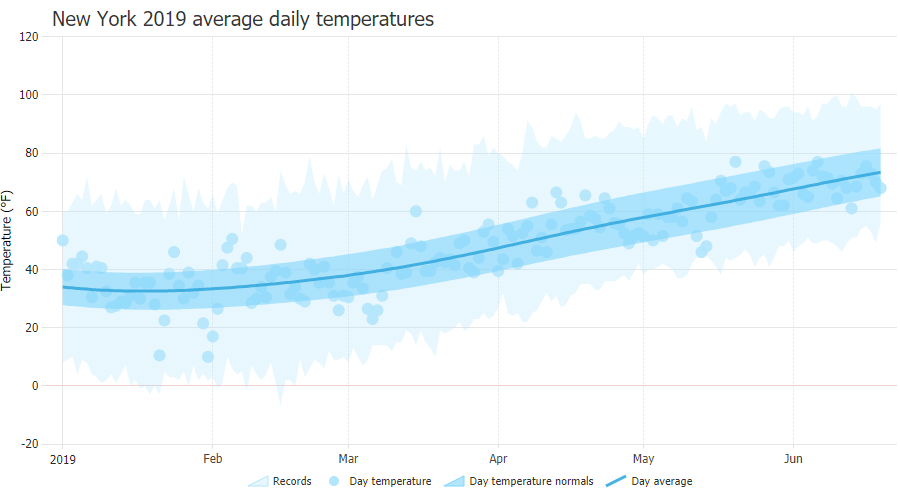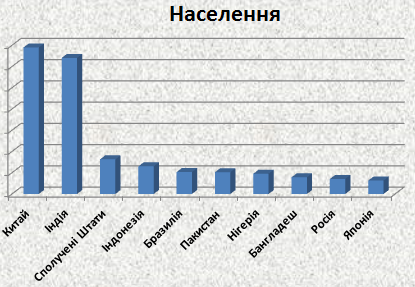

React-chartjs-2 offers a variety of chart types to select from. But before we do that, let’s understand the API of the component in the react-chartjs-2 package. You can now import this data and feed it to a Chart.js component to present it. Input the contents of Data.js with the code below: // utils/Data.js Here, we’ll store the data and export it to a separate component for rendering the chart. Creating the makeshift dataįrom the file tree, create a utils folder and store a Data.js file. In this post, we will create three charts that delineate the number of users gained in a company with makeshift data. React-chartjs-2 is a React wrapper for Chart.js 2.0 and 3.0, letting us use Chart.js elements as React components. If you’re working from the terminal, you can install these libraries with the following command: npm install chart.js react-chartjs-2 Next, in the dependencies section, add these two libraries: To create a fresh React template in CodeSandbox, open a new tab in your browser and type in react.new. I’ll be using CodeSandbox to set up a new React app but you can choose to set up a React application with whichever tool you’re comfortable with. React’s documentation is a good place to start. To follow along, you’ll need a basic understanding of the React framework.

There’s always a need to visualize data for our users to help them better understand what is going on in our application.Ĭhart.js is a popular JavaScript library used for creating flexible charts on websites, and in this tutorial, you’ll learn how to use Chart.js in a React environment.


Using Chart.js in ReactĮditor’s note: This React Chart.js tutorial was last updated on 18 November 2022 to add information on the PieChart and LineChart types in Chart.js.ĭata visualization has always been an important part of software engineering and frontend development in particular. Chinwike Maduabuchi Follow Frontend developer passionate about software engineering.


 0 kommentar(er)
0 kommentar(er)
